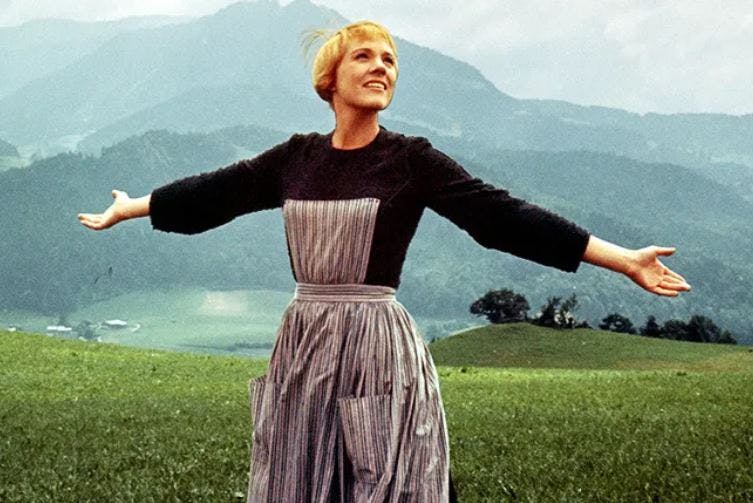
The reality and imagination surrounding the classic musical
Almost all critics lambasted it when it first came out, but The Sound of Music went on to secure the title of the highest-grossing film ever. Today, 60 years following its debut in March 1965, it continues to be an enchanting narrative about a family confronting challenges under Nazi control in Austria. Additionally, this movie is predominantly inspired by real events.
To start with: indeed, there actually was one. von Trapp Family, they had many children (which included some step-siblings), there truly was an unruly young teacher named Maria, they would often sing as a group, and they indeed fled Austria.
We are aware of everything mentioned as Maria von Trapp , née Kutschera recounted her own tale in the autobiographical book "The Trapp Family Singers," which was later adapted into two German films as well, notably. The Trapp Family — 1956), a stage musical for Broadway and eventually the grandiose film adaptation The Sound of Music in 1965.
Maria von Trapp's issue
Separating fact from fiction in a film can often be an unproductive endeavor, since crafting a cohesive cinematic experience frequently involves altering storylines, merging characters, and occasionally omitting crucial details. After all, at its core, a movie remains just a movie. Moreover, when a motion picture is adapted from a stage play which was originally inspired by a personal account, certain modifications become inevitable.
In the case of The Sound of Music Still, the facts remain central to the narrative. A notable distinction can be found in the protagonist, Maria von Trapp. Undeniably devoted to her expansive family, she was quite different from the persona portrayed by Julie Andrews; she could have a very fiery temperament on occasion.
Other details:
· Maria was hired by the von Trapp family to care for just one child who was recuperating from an illness, rather than all of them at once – which happened subsequently.
· The von Trapp family resided in a cozy villa, rather than the large mansion depicted in the film.
· Father Georg is depicted as an aloof parent, but the children recall him as a fun-loving dad.
· The affection between Maria and George seems exaggerated. In a subsequent interview, she stated, "I had feelings for him, but not strong enough to be love. However, I adored the children, which is why, in some sense, my marriage was actually to them. Over time, though, I grew to love him more deeply than anyone else before or since."
• The couple got married in 1927, not in 1939 as shown in the film.
• The names of the seven children were altered when the production moved to Broadway.
(Michael Leahy. Image: Provided courtesy of Sony Music Corporation)
